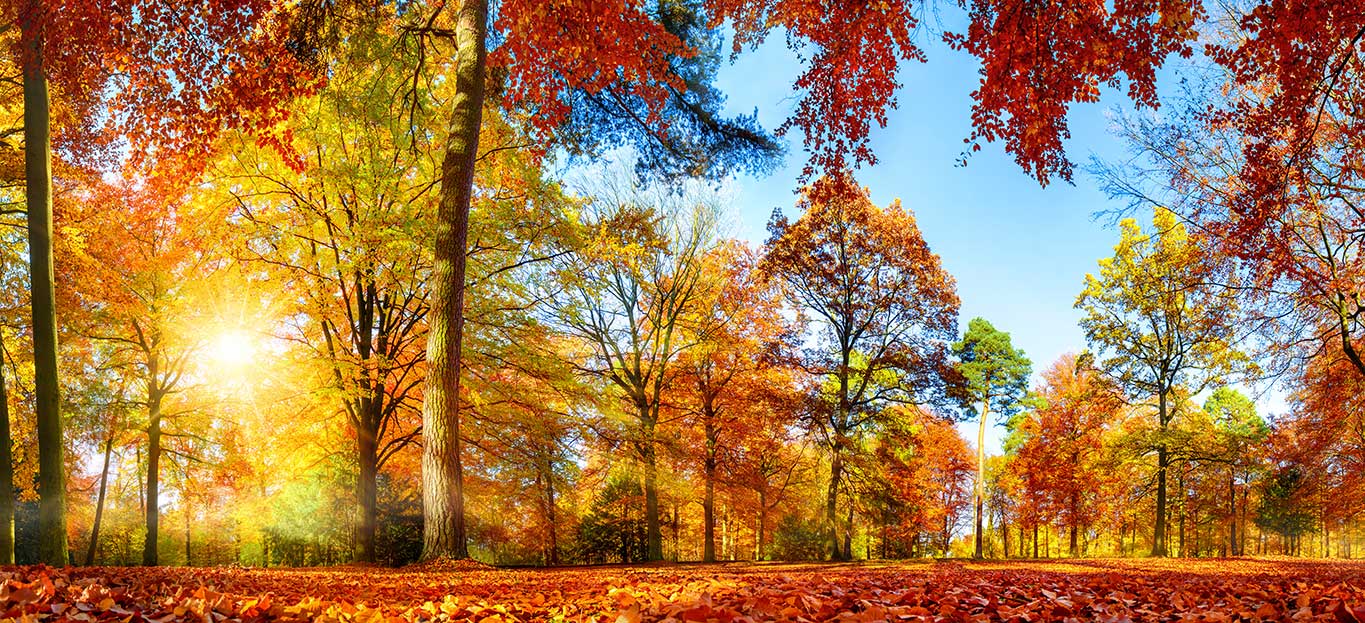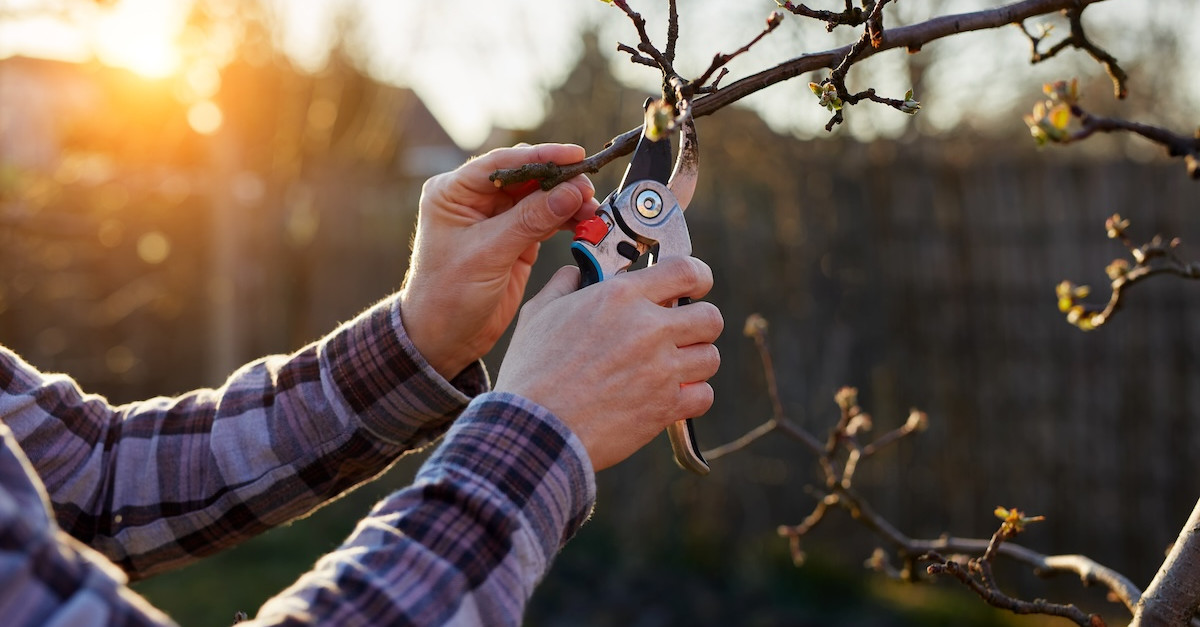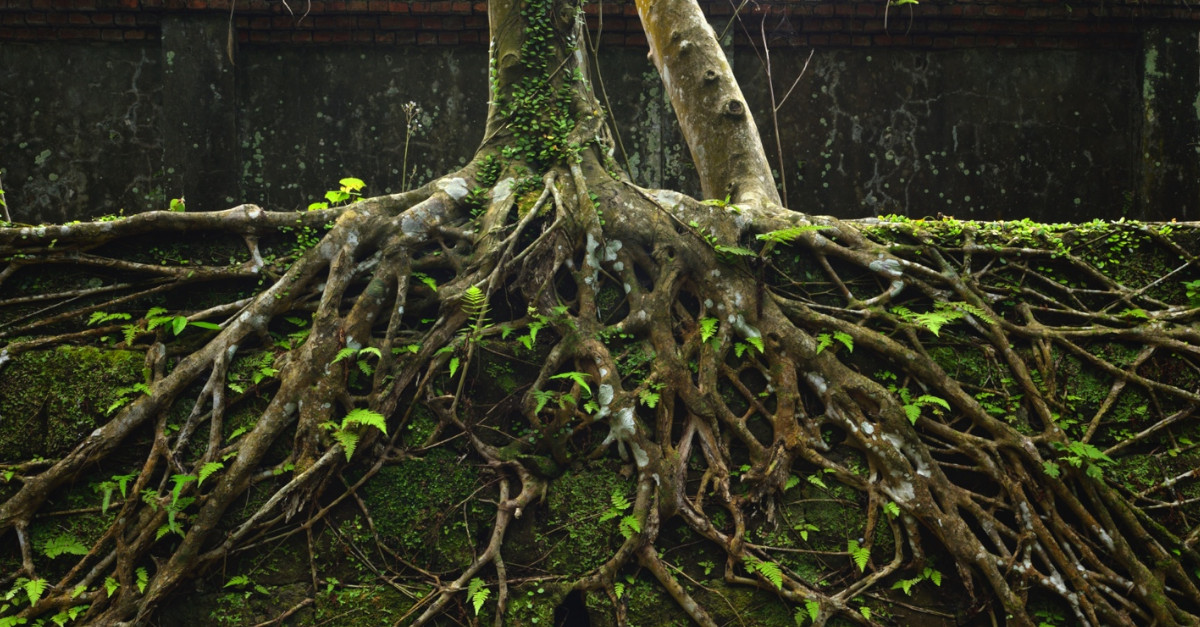To rake or not to rake
Come autumn, leaves put on a fireworks display and swirl down into the yard below. An oft-asked query this time of year has surprisingly Shakespearean overtones. To rake or not to rake? That is the question.
Anyway, for all the beauty of the phrasing, the issue itself is an important one: Is it healthier for your yard to be clear of leaves through the winter, or to have that thick organic blanket until spring? Let’s take a look at the pros and cons of each tactic.
To Rake …
While it’s important to remove thick blankets of leaves in snowy areas in places that don’t get snow, it’s safer to leave them on the ground. However, if you live in an area with particularly thick leaf fall, you may want to rake up at least some of them. While they’re unlikely to suffocate lawns, as people once thought, they may still encourage mold growth if thick enough.
You may also choose to rake if you simply like the look of a nice clean yard. However, consider leaving the leaves in place come the end of fall, where they will degrade and contribute nutrients to the soil. If you really don’t want them on your lawn, rake them into beds and under shrubs, where they make nice mulch.
… Or Not to Rake
One of the best ways to mulch your yard is to use your mower to chop leaves up into little pieces and then leave them on the lawn. If you want to break down leaves in other parts of your yard, but don’t want to run the mower over some parts, consider pulling or raking leaves out of beds, going over them with the mower, and returning them when done.
If you have allergies to leaf mold, dust, grass or other outdoor matter, you should definitely wear a mask while shredding leaves. It will keep irritants out of your nose, mouth and lungs. You may want to consider eye goggles as well if you’re particularly sensitive.
Next time you’re wondering how to deal with nature’s bounty – unwelcome as it may feel – consider just taking a deep breath and leaving leaves in place. In the long run, they may give you a healthier, prettier yard.
If raking is the least of your lawn and tree issues, just know that you can always contact Premier Tree Solutions for answers to any of your arboreal problems by clicking here.







